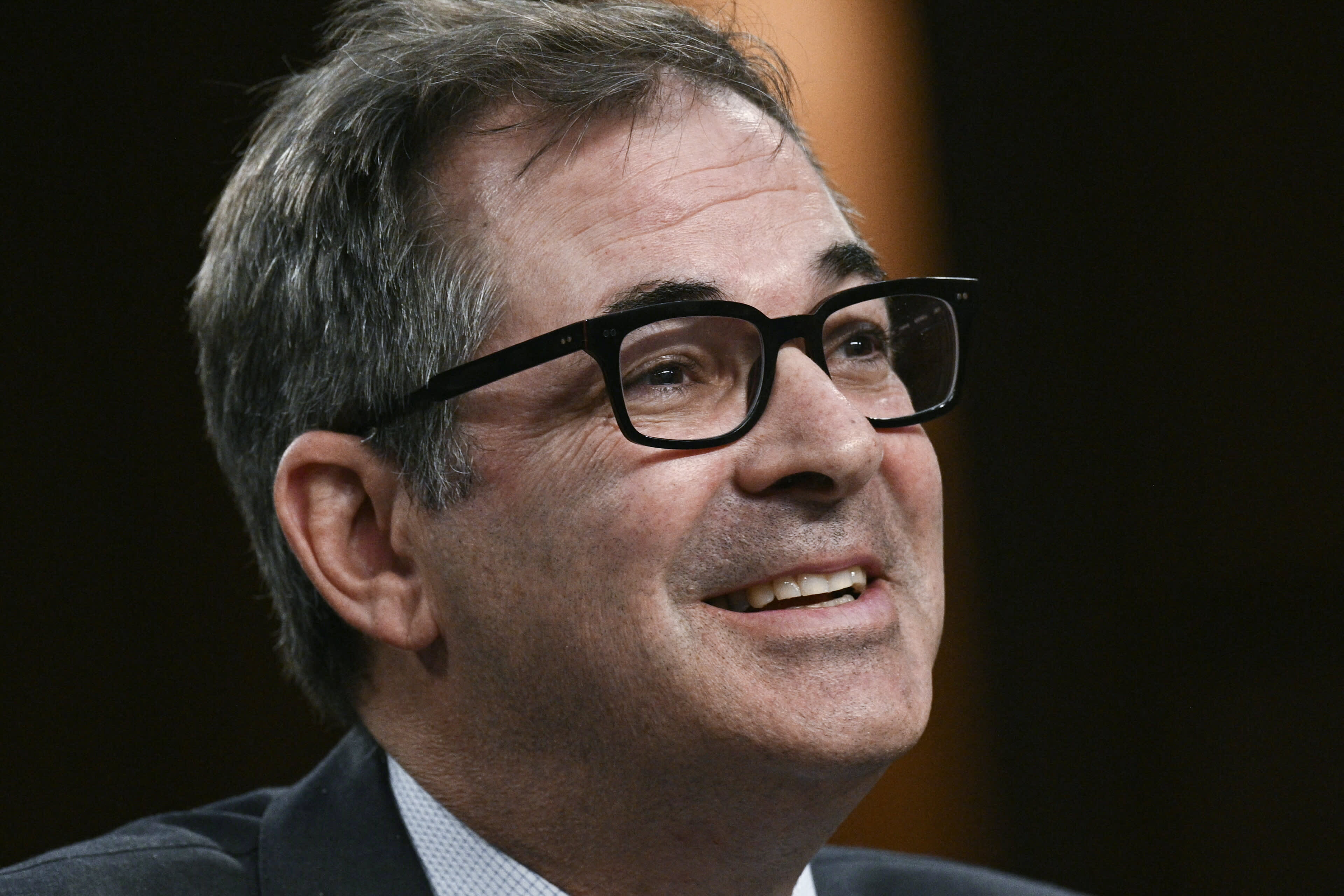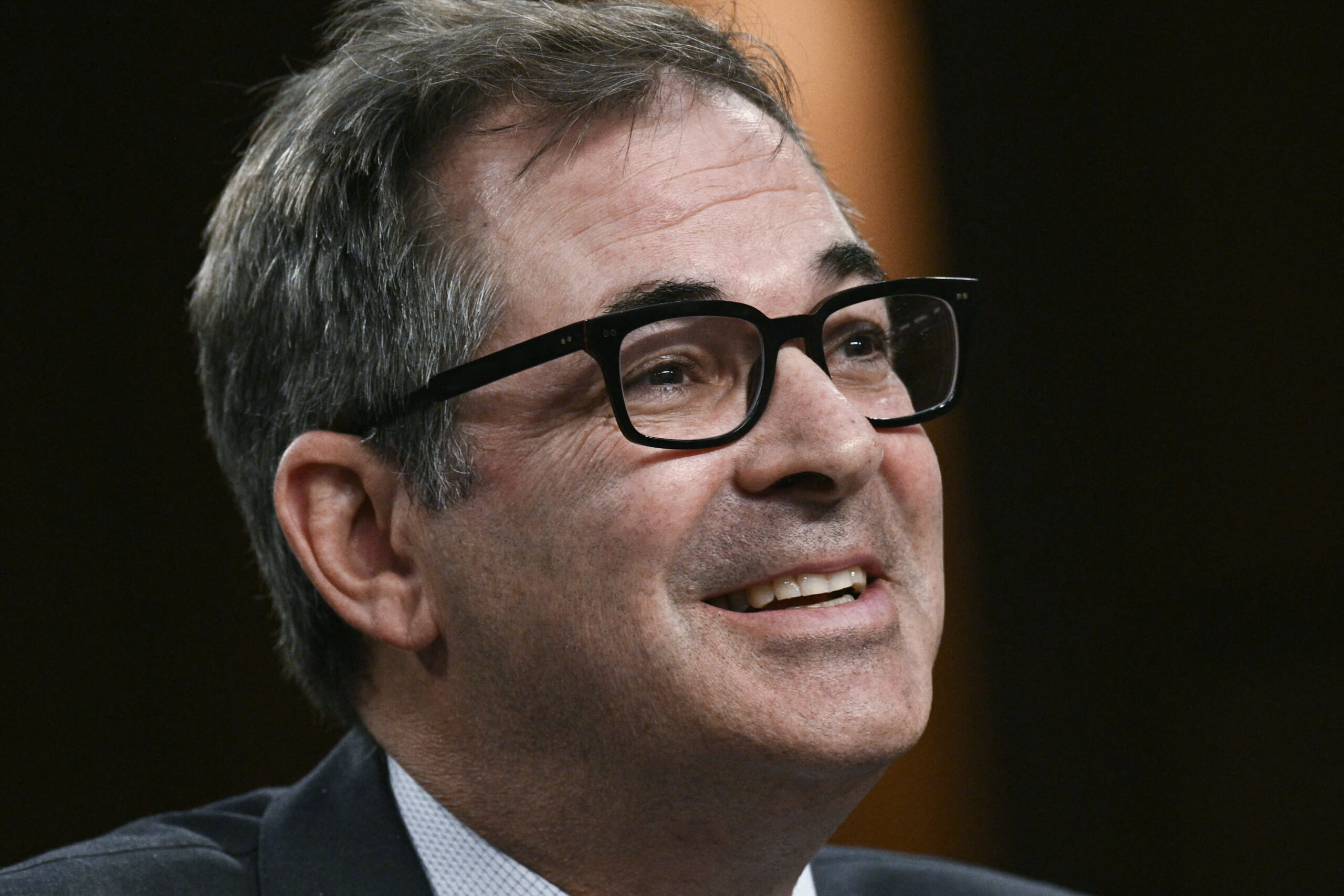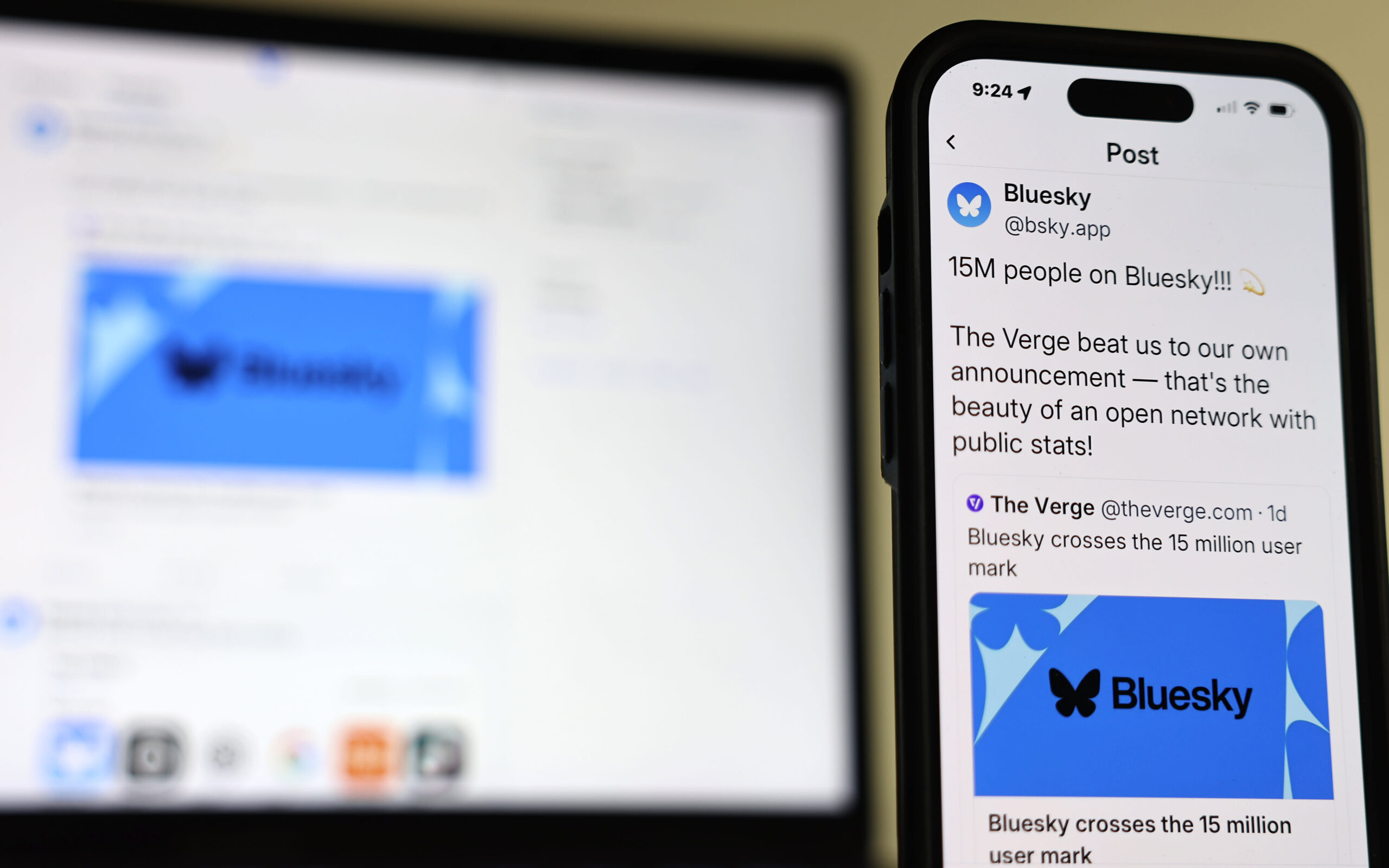
Artificial intelligence infrastructure provider CoreWeave reported better-than-expected revenue on Wednesday in the company’s first earnings release since going public.
CoreWeave also called for faster growth than expected for this year.
Here’s how CoreWeave did in comparison with LSEG consensus:
- Earnings per share: Loss of $1.49
- Revenue: $981.6 million vs. $853 million expected
Revenue soared 420% in the quarter, which ended on March 31, from $188.7 million a year ago, according to a statement. That compares with 737% growth for all of 2024.
The stock initially popped after the numbers hit, but reversed course and ended up down about 5% in extended trading.
The company’s net loss of $314.6 million widened from $129.2 million a year earlier, partly because of $177 million in stock-based compensation costs for awards tied to the initial public offering.
Management called for $1.06 billion to $1.1 billion in second-quarter revenue. Analysts polled by LSEG had expected $986.7 million.
CoreWeave sees $4.9 billion to $5.1 billion in 2025 revenue, which implies a growth rate of 363%. That growth requires hefty capital expenditures. The company expects capex of $20 billion to $23 billion for the year. The range includes impact from OpenAI and other factors. Analysts surveyed by LSEG had anticipated $4.61 billion in full-year revenue.
Higher capital spending than planned has nothing to do with increasing prices, Mike Intrator, CoreWeave’s CEO, said on a conference call with analysts.
“That is a real articulation of new uptake, new clients coming on board to buy more infrastructure from us over the balance of the year,” he said.
During the first quarter, OpenAI committed to a five-year deal with CoreWeave that will be worth up to $11.9 billion. The transaction is on top of OpenAI’s reliance on Microsoft, which was responsible for 62% of CoreWeave’s 2024 revenue. In addition to the five-year deal, OpenAI signed a $4 billion contract with CoreWeave after the first quarter ended, Intrator told CNBC in an interview.
Revenue backlog, including remaining performance obligation and other amounts that are expected to be recognized as revenue, was $25.9 billion at the end of the first quarter, up 63%. The latest OpenAI contract is not included in the backlog, Intrator said.
Remaining performance obligation of $14.7 billion was down from $15.1 billion at the end of 2024.
In renting out access to Nvidia graphics processing units, CoreWeave competes with cloud providers such as Amazon. But large companies such as Google and Microsoft have come to depend on CoreWeave. The company is working to diversify its business.
“We have seen a number of really interesting clients coming from an incredibly broad cross-section of the economy beginning to come onto our infrastructure and use the solution that we provide as an engine for their companies,” Intrator said.
No entity represented more than half of backlog at the end of the quarter, he said.
The company does not foresee meaningful impact from President Donald Trump’s sweeping tariffs on goods imported into the U.S., said CoreWeave’s finance chief Nitin Agrawal.
There was some skepticism heading into the report, even though the stock was up 31% for the week.
Long-term uncertainty on AI supply and demand, as well as worries about the economy, “likely keep shares range-bound for now,” Wells Fargo analysts wrote in a report to clients last week. The firm recommends holding the stock.
After completing the biggest U.S. venture-backed tech initial public offering since 2021, CoreWeave saw its shares debut on Nasdaq in late March, initially at $39.
Nvidia, a customer and major supplier and already one of CoreWeave’s major investors, stepped in to anchor the IPO at $40, below the $47 to $55 range announced earlier.
CoreWeave’s future growth depends on the availability of power for its data centers. The company added 300 megawatts of contracted power during the quarter, Intrator said. At the end of 2024, it had a total of 1.3 gigawatts.
“We’re expecting to have deployed power by the end of the year more than double of what our life-to-date deployed power is on our platform,” Agrawal said.
CoreWeave shares were down 7% in extended trading after the conference call. Part of the response comes from investors trying to understand the company’s metrics, including the remaining performance obligation and the revenue backlog, Intrator told CNBC.
“Because we are new, because we’re doing something a little bit different, it’s going to take the accountants an extra couple of weeks to get their act together, or whatever the answer is, right?” he said. “But the payments are the same. The security of the contract is exactly the same. Everything about it is identical. It’s just, how does it get classified? And we’re kind of stuck here for a moment waiting for it to get classified. It probably will end up in RPO anyway, but whatever. It is what it is.”
WATCH: Cramer’s Mad Dash: CoreWeave



